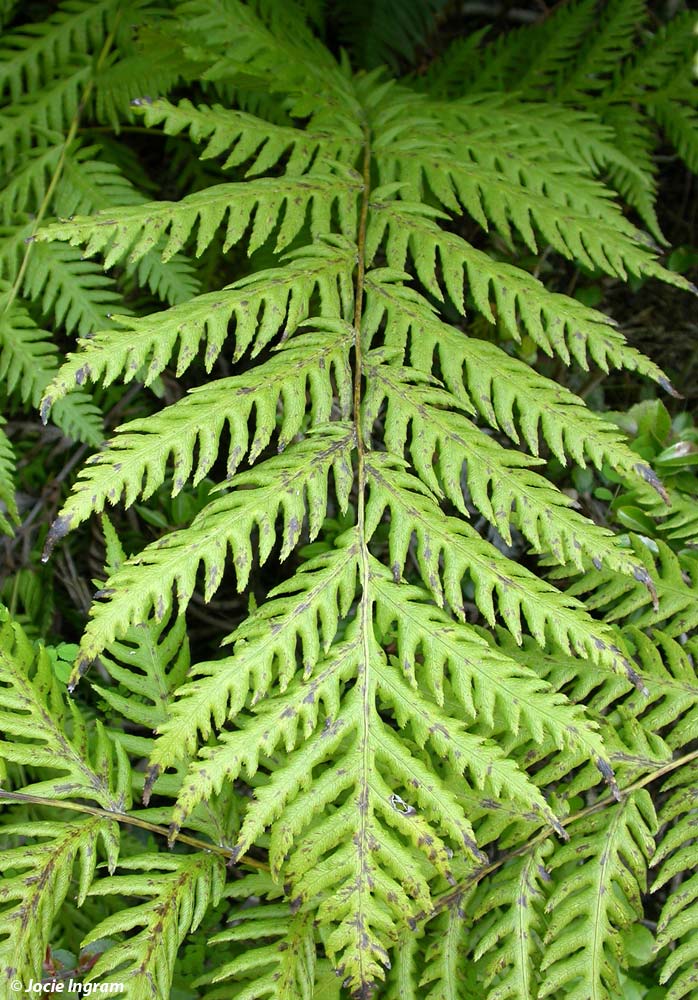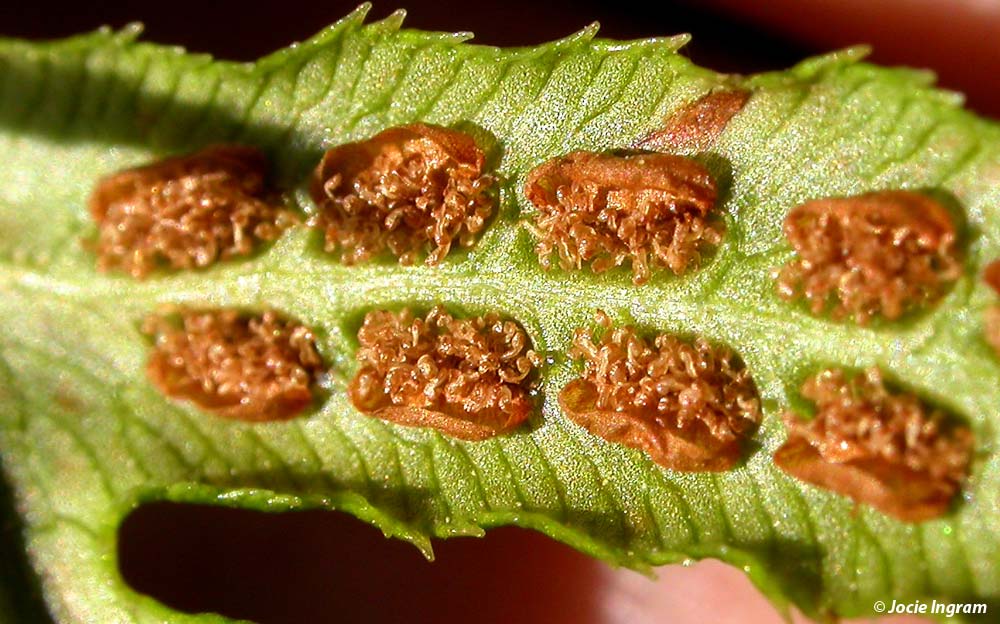With a warm, sunny weekend weather forecast, my mother and I decided to go camping on Texada Island. Boarding the ferry from Comox at Little River, we crossed Georgia Strait to Powell River, then re-entered the terminal for the shorter passage to Texada.
The largest of the Gulf Islands, Texada is 50 km long, and as wide as 10 km. It is one of the few islands with an industry-based economy, including three major limestone quarries, which export up to 6 million tones of limestone a year, and several logging operations. Approaching the ferry dock at Blubber Bay, there is full view of a large quarrying site with heavy machinery and plumes of lime dust rising in the wind.
Driving off the ferry and away from the quarry, one soon feels the tranquility of this large, forested island. The two main communities of Van Anda and Gillies Bay have a charming, almost old-fashioned feel. Most of the island’s 1200 residents live on the northern half of the island. Surprisingly, the southern half is unpaved, and has network of gravel logging roads.
Despite the island’s industry, it is great place for nature, with over 200 species of birds, several unusual plants, and rare species of stickleback. At the southern end, accessible by boat or logging road, is a 900-acre provincial park. More accessible is Shelter Point Regional Park, a 40-acre treasure that is located south of Gillies Bay.
Shelter Point has a large campground, including showers and a seasonal concession. At the time of our arrival, there were no other campers, so we had our pick of beach-side sites with fine views. The park’s nature trail winds through an impressive grove of old-growth Douglas-firs, with thick, furrowed bark and limbs as big as trunks.
One of the most exciting things about Texada is the Giant Chain Fern (Woodwardia fimbriata). In Canada, this rare fern exists at a site near Victoria, but is otherwise restricted to Texada and Lasquiti Islands. It is more commonly found in the redwood forests south of the border. This spectacular fern has huge, tropical looking fronds that can grow close to 3 metres high. The evergreen leaves persist year round, and new fiddleheads emerge in the spring. On the underside of the fronds, one can study the lozenge-shaped sori (spore-bearing sacs), which resemble links of a chain. The giant chain fern favours damp sites, but grows in quite a range of habitats on the island. Local naturalist John Dove has been interested in the fern for a long time, and has been recording sites on the island where it grows for the last several decades. We contacted Dove, who told us of several roadside locations where the fern grows.
Having found the fern, we turned our attention to birds. Along the shore we could hear the screaming calls of Black Oystercatchers. An Osprey patrolled the beach, and hovered in the sky, trying to spot a fish. Herons stood stalk-still at the edge of the water, and crows pestered ever-present Bald Eagles. In the woods and shrubbery warblers were singing, and finches and sparrows hopped into view.
Birds and plants aside, there are other things to draw a curious naturalist to Texada. In Texada’s lakes, there are rare species of freshwater stickleback (Gasterosteus sp.), small fish that are endemic to Texada, and found no-where else on the globe. These are descended from ocean-dwelling species, and are believed to have evolved since the last ice age about 13 000 years ago. In the evolutionary scheme of things they are a very new species. This relatively rapid evolution is of much interest to scientists, challenging old notions that evolution is a very long and slow process.
Texada sticklebacks are red-listed (very rare) and limited to four of the island’s lakes. Predators, human activity, and non-native species are a significant threat to their survival. Similarly rare sticklebacks have been found on Lasqueti Island, but these have since gone extinct.
After the sleepy pace of Texada, it was a bit of a shock to return to the hustle and bustle of the Comox Valley. Having gotten a feel for Texada’s nature, I will definitely be back to experience its unique beauty and do more exploring.
About the Contributor:
Jocie Brooks is a naturalist and writer based in the Comox Valley, Vancouver Island, British Columbia.


